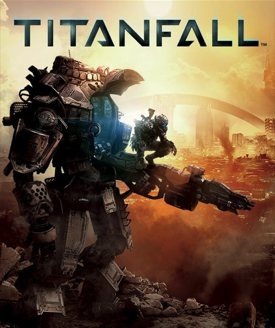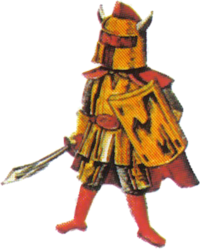 |
| Drinking and Driving is Bad! |
This weekend was also the Western Region American Music Therapy Association conference (phew! more easily referred to from here on out as WRAMTA). I, being a brand new music therapist, went to check it out. One of the presentations I went to was by a software developer named Kim Swisher, who makes some really sweet programs for music therapists using motion capture technology. Her website, playsoundtechnology.org can explain what she does much better than I can, but she uses technology in a really thoughtful and innovative way. She writes programs for the Nintendo Wiimote and the Xbox Kinect, as well as for computers. One program, called MIST uses the Kinect to transform your room into an auditory forest. In the right hand corner there might be a pond you can splash in, or a little froggy that gets louder as you approach. I promise she didn't pay me to write this! I just can't get over how cool this stuff is and I really recommend looking into it.
Kim's presentation got me thinking about how we can use technology, and more specifically, video games in the therapy world. When people talk about technology leading our society downwards, it kinda riles me up! I use my iPad frequently, and not just with young clients who are familiar with technology. I've seen a 93 year old rock out using the touch screen keyboard in Garage Band. A person with limited mobility played Echo String with his nose (of course I wiped my iPad down afterwards!). I have tons of anecdotal evidence of technology being used therapeutically. I know there are studies out there too. If you guys are interested enough/I feel extra motivated I will go look some up, but to start, here's a list of iPad apps used in music therapy with children compiled by Dr. Petra Kern, past president of the World Federation of Music Therapy.
Another thing I know-- the right kind of video game can absolutely be used as a therapeutic tool. You can work on hand-eye coordination (duh), fine motor control (tell me something I don't know), and even social interaction.
What's this? Video games to increase social interaction? Think about this--how many friends did you make as a kid just because you played video games together? One example I can think of off the top of my head is using games as a way to encourage interaction between children with autism and their neurotypical peers. There are studies that link playground music making to increased social interaction. I do have a source for that one, if you're interested. (Kern 2006). In a similar vein, co-op games require teamwork and group problem solving, and I think that could easily be used to foster meaningful social interactions. Like I said, I don't have any research to link you to, but I sincerely think the potential is there.
Hey, I think I just found my future thesis...
-Conklederp




















